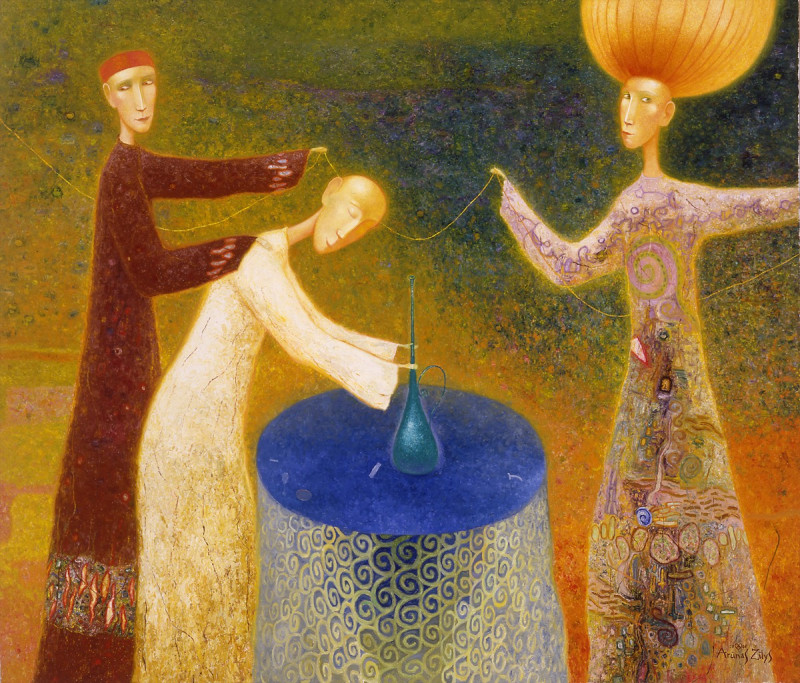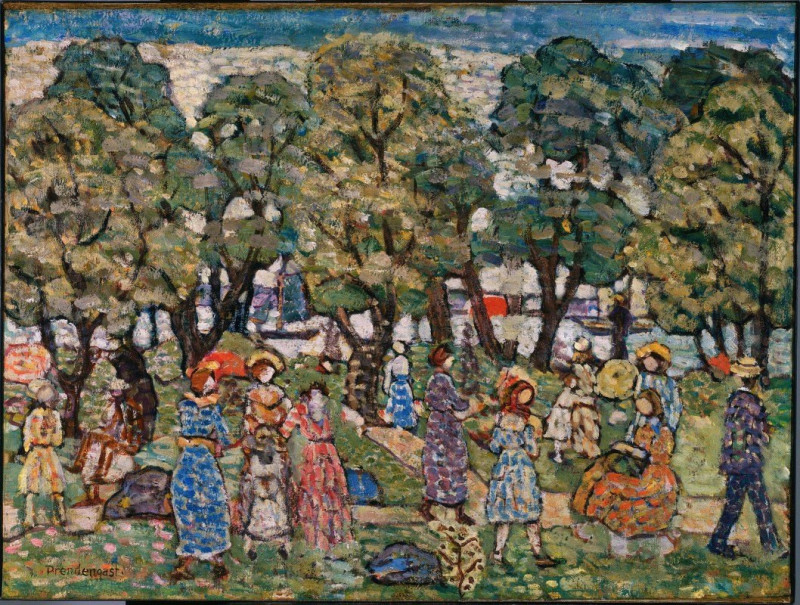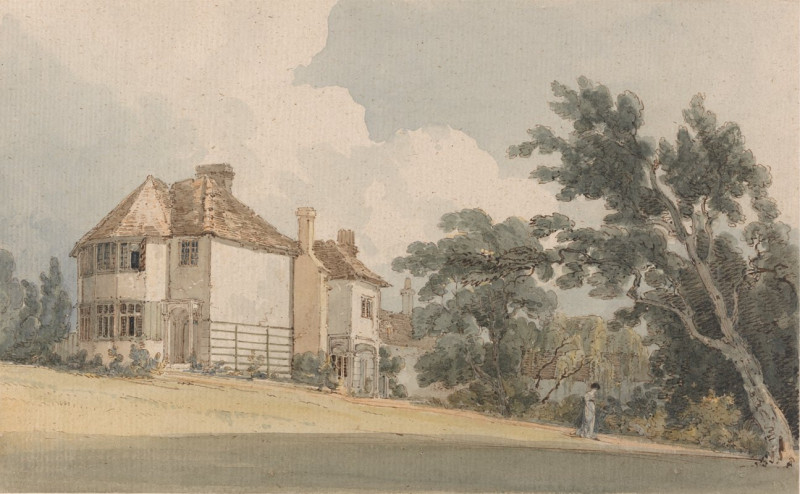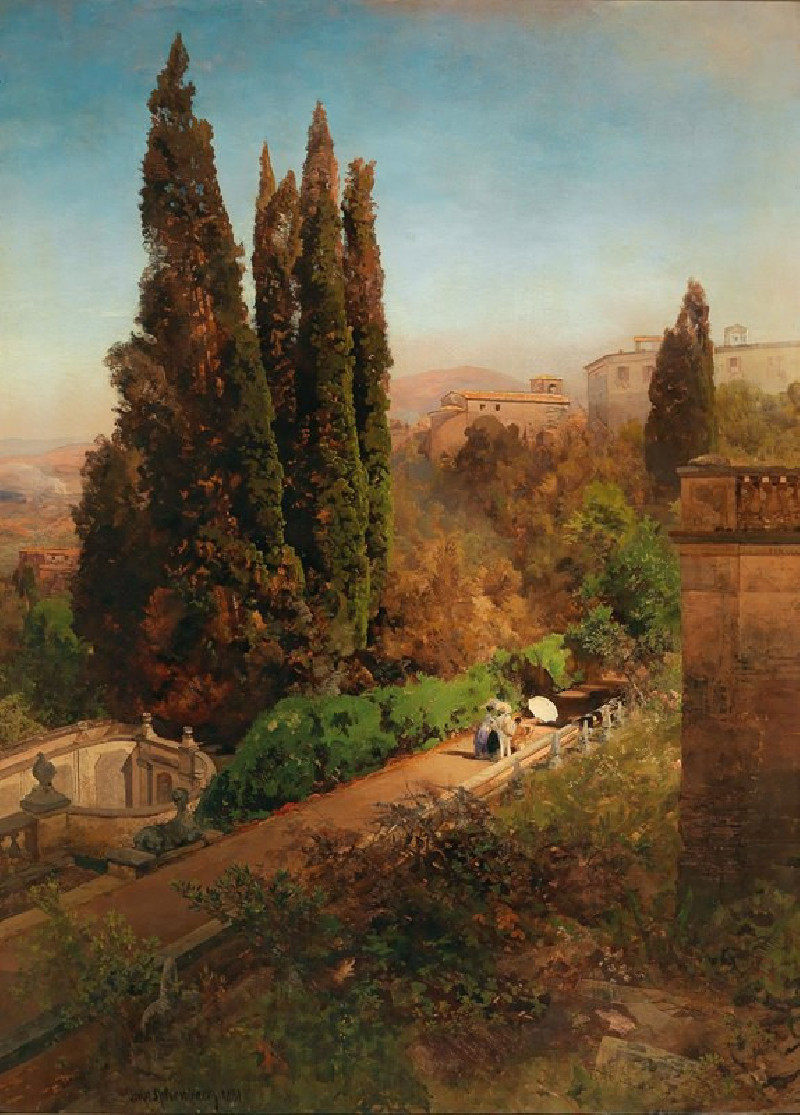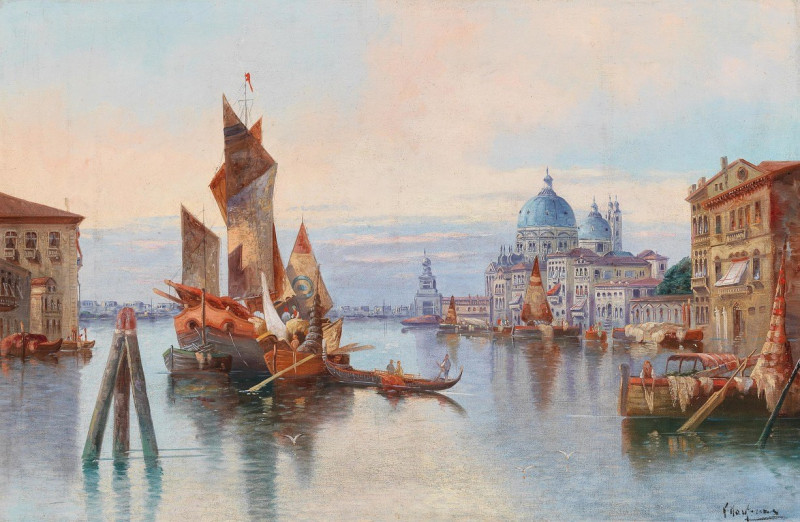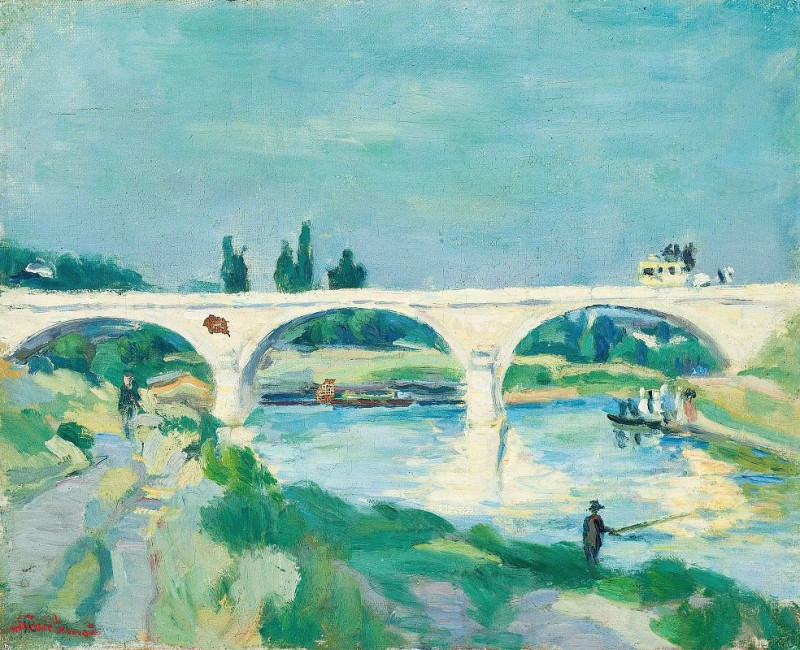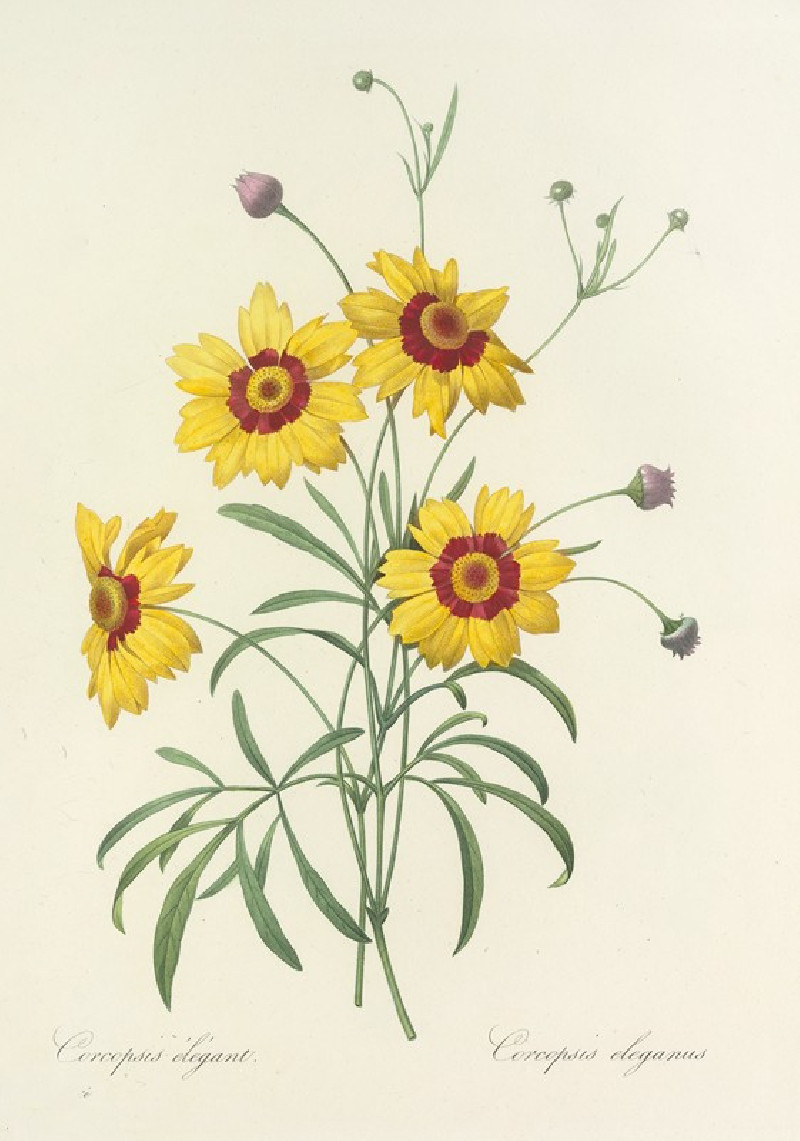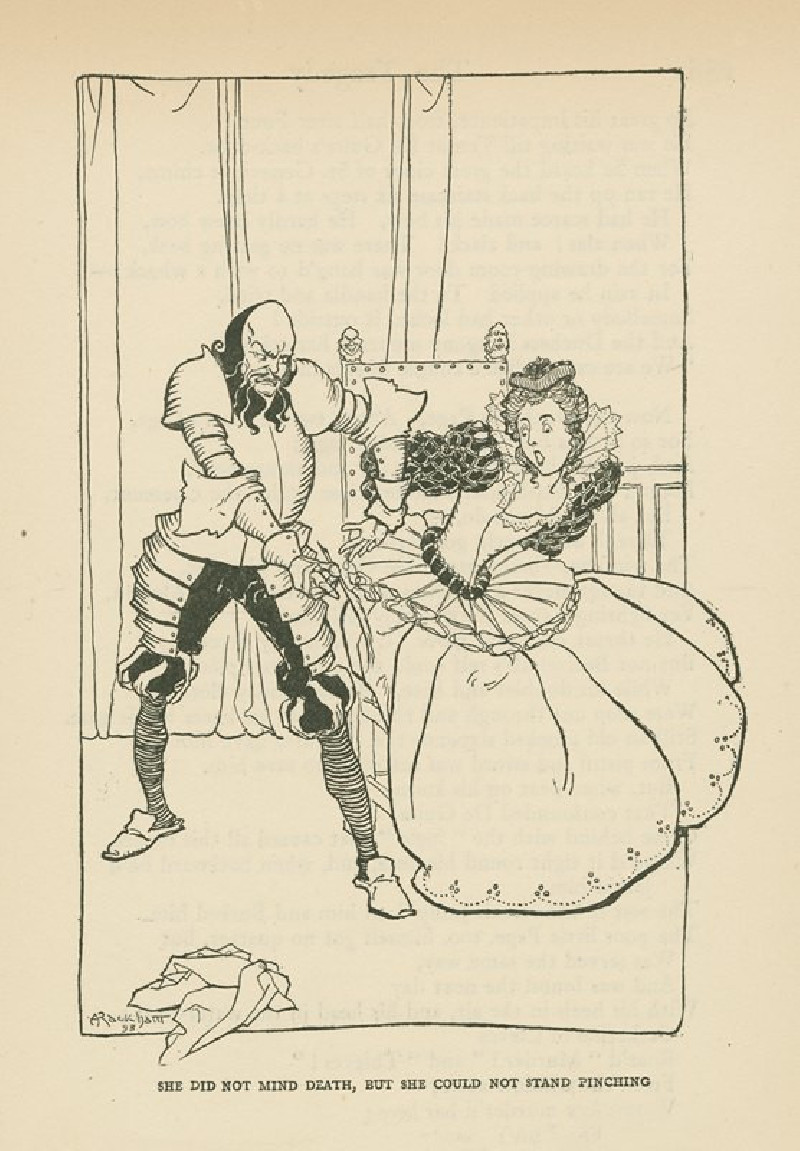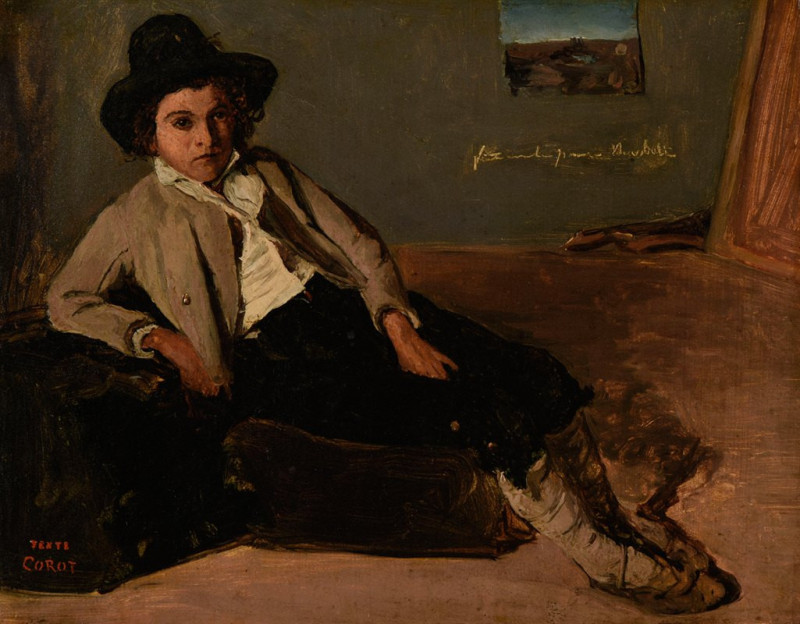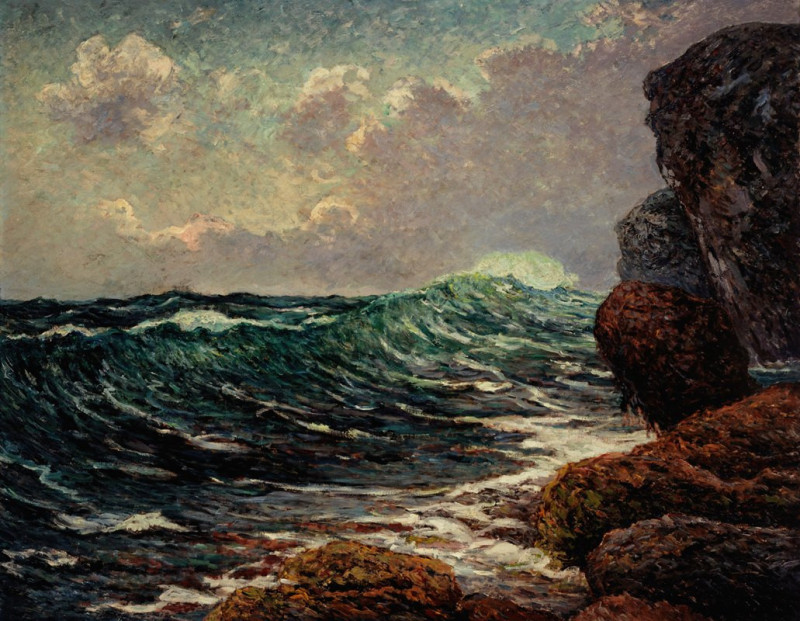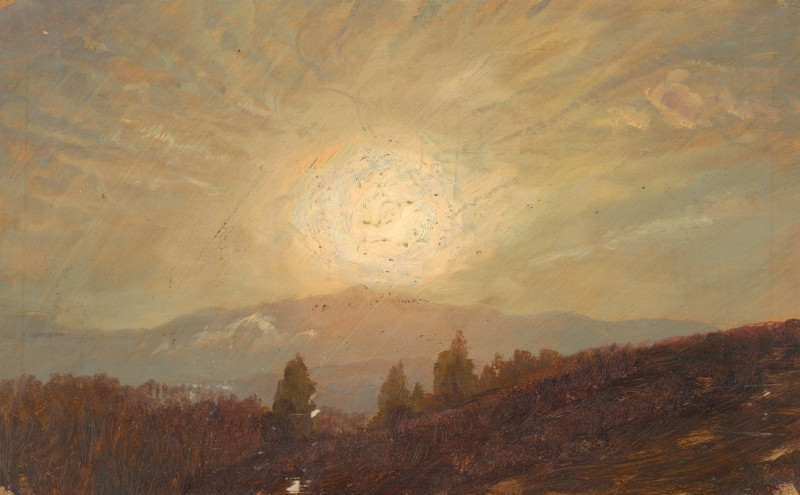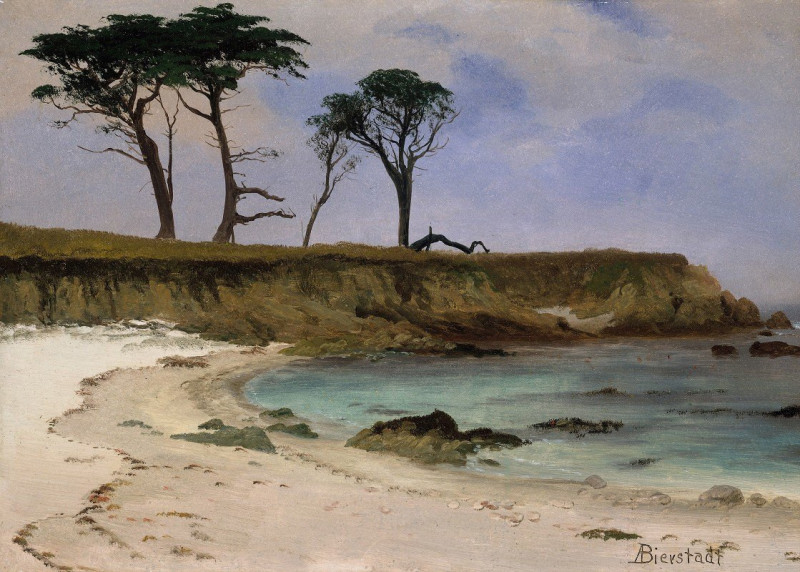The Garden of the Tuileries on a Winter Afternoon (1899)
Technique: Giclée quality print
Recommended by our customers
More about this artwork
"The Garden of the Tuileries on a Winter Afternoon" by Camille Pissarro is a captivating impressionist painting depicting a vibrant scene of everyday life in one of Paris's most beloved parks. Created in 1899, this piece of art captures a chilly winter afternoon where the subtle hues of the sky blend with the earthy tones of the bare trees and soft green of winter grass.Pissarro's technique involves quick, diffuse brush strokes that impart a sense of movement and life, reflecting the fleeting nature of the moment. The park is bustling with figures; Parisians of all ages stroll, socialize, and enjoy the open space, despite the cold. The distant silhouette of the city, with its gothic structures piercing the horizon, emphasizes the interplay between nature and urban life.This splendid painting not only showcases Pissarro’s mastery of impressionism but also serves as a historical window into Parisian life at the turn of the 20th century, capturing the timeless allure of the Tuileries Garden.
Delivery
Returns
Blessed are they who see beautiful things in humble places where other people see nothing. — Camille Pissarro
Camille Pissarro (1830-1903) was born on St.Thomas (now the US Virgin Islands) to a Portuguese father and a Dominican mother. He went to Paris to study art at Ecole des Beaux-Arts. He was an early pioneer of pointillism and neo-impressionism and later became a mentor of many famous impressionist painters including Cezanne, Manet, Renoir, and Gauguin. His paintings depicted rural and urban French landscapes and lifestyle. Many of his works politically captured images of peasants and laborers. Today, he is considered the father of impressionism.
































